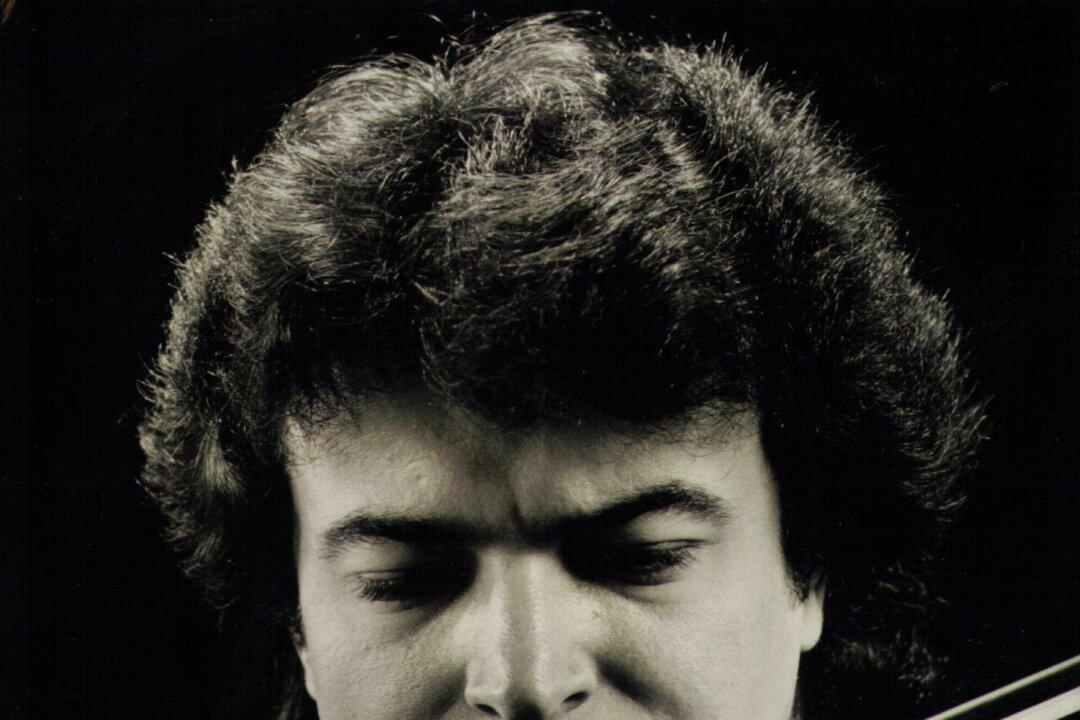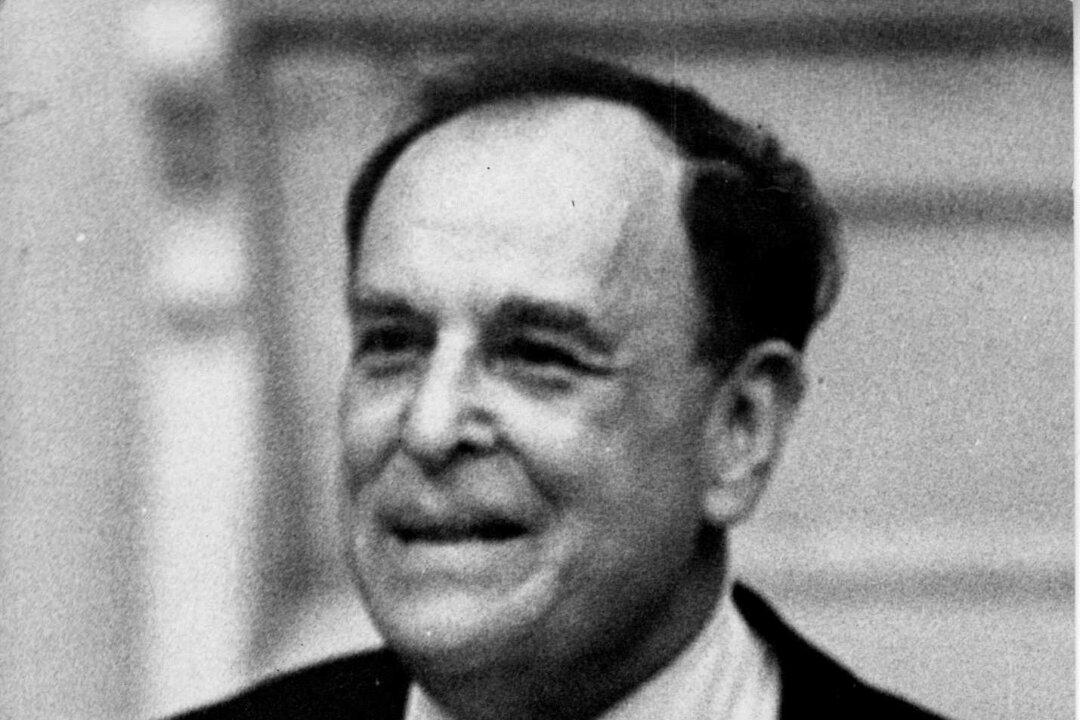Romania, land of eternal strife, was conquered by the Romans and survived the rule of brutal dictators. Yet Romania’s people have taken refuge in their magnificent countryside, cultural traditions, and their own sensitive natures. This refuge provides a fertile ground to nurture the artistic impulse in those who possess the seeds of greatness.
Eugene Sarbu is one of these rare mortals.
Born in Romania in 1950, Sarbu began to study the violin with his father at the age of 5. When he was 6, he made his first solo appearance and subsequently captured numerous coveted musical awards in his native Romania.
Yehudi Menuhin, one of the most distinguished violinists of the 20th century, recommended Sarbu for a scholarship at the Curtis Institute of Music in Philadelphia. There he studied with the legendary professor Ivan Galamian, and later received a master’s degree from the Juilliard School of Music.
Sarbu has performed with the world’s finest orchestras, including the major orchestras of New York, Los Angeles, Pittsburgh, Vienna, Hamburg, Munich, and Tokyo, among many others. He opened the 1999–2000 season at Carnegie Hall in New York, performing the Brahms Violin Concerto with the American Symphony Orchestra to a standing ovation.
In 2000, the President of Romania bestowed upon the virtuoso the national Order of the Star of Romania, in recognition of his exceptional contribution to the art of music.
Artistically, Sarbu has great flair; and with his superbly supple bow arm, he is a pleasure to hear and to watch. His art has to do with expressing individual feelings and painting portraits, and so he captivates and even mesmerizes listeners. His completely natural approach is inborn, the stuff of which great players are made. Practicing cements his abilities, of course, but the core of his ability is innate.
With all the past glory and proof of Sarbu’s ability, the world is a very unforgiving place for an artist. People with great gifts often have too much dignity to be out selling their craft to the world.
In fact, the noble tradition of violin playing from which Sarbu sprang is rapidly disappearing in our digital age. Our entertainment-seeking public seems more enchanted with those who manipulate the latest sound bite or show off the sexiest outfit, the most outlandish hairdo, the graffiti on the fiddle, graffiti on the music, and graffiti on the brain. In short, the public needs noise to awaken them from their numbness.
Nor can I overestimate the damage done by music management monopolies. They eliminate whatever competes with box office results since that is, after all, their business. Haven’t business and the arts always been at odds, fundamentally?
Romania’s legendary composer-violinist Georges Enescu (1881–1955), who wrote the famous Romanian Rhapsody, has his image embossed on Romanian currency. At the mention of his name, the average Romanian beams with pride. What would the response here be to the name of an American composer or artist, I wonder?
For the discerning, look for performances by the rare artist Eugene Sarbu. He is an important link to a long-lost golden age of string playing. Let’s appreciate that we still have a few like him around today.
Eric Shumsky is an American concert violist, chamber musician, and conductor.





